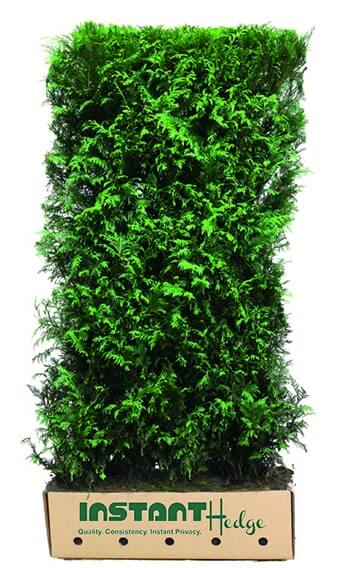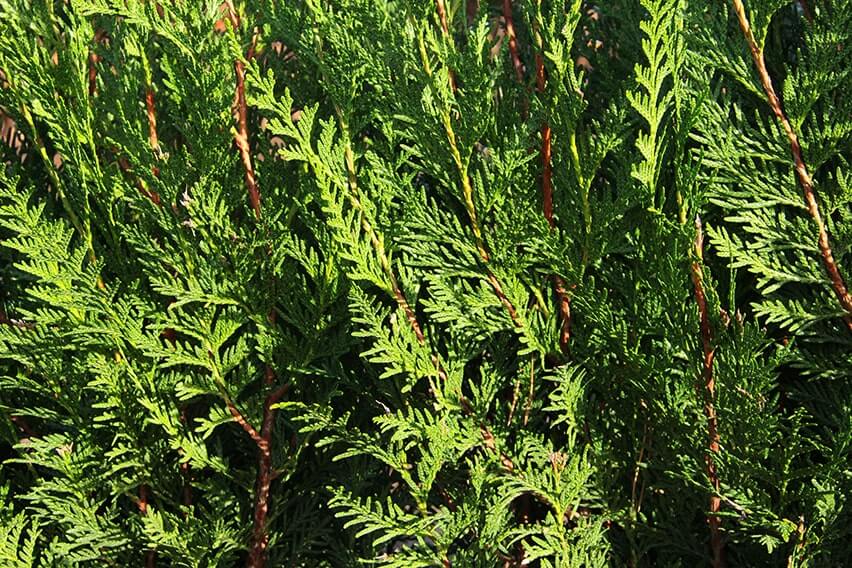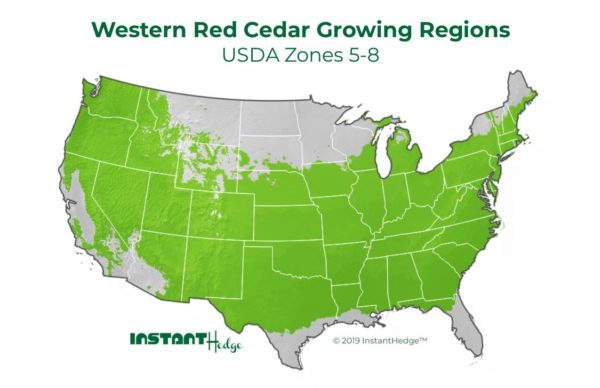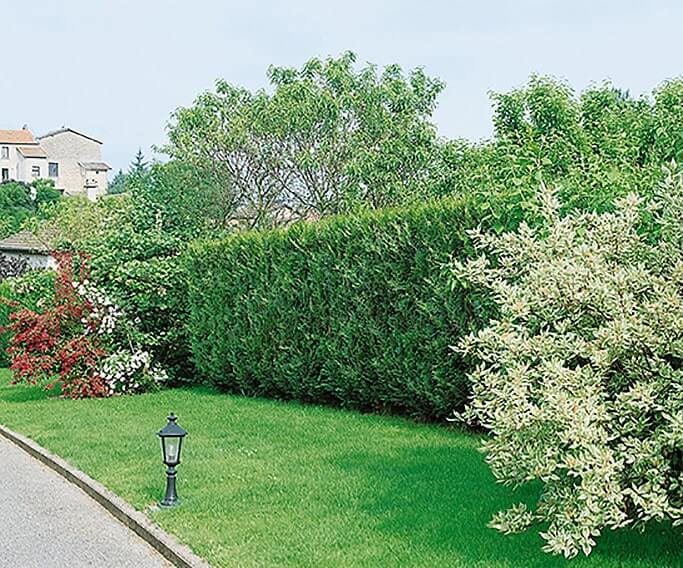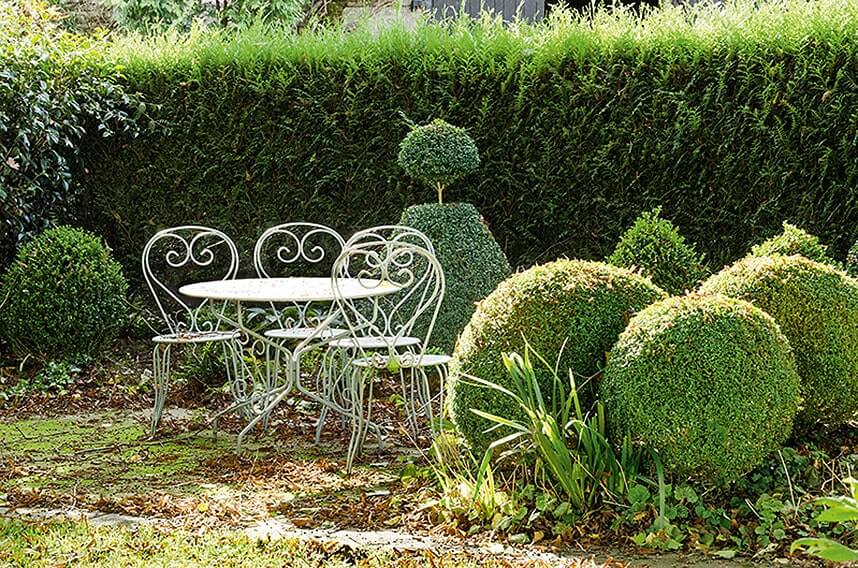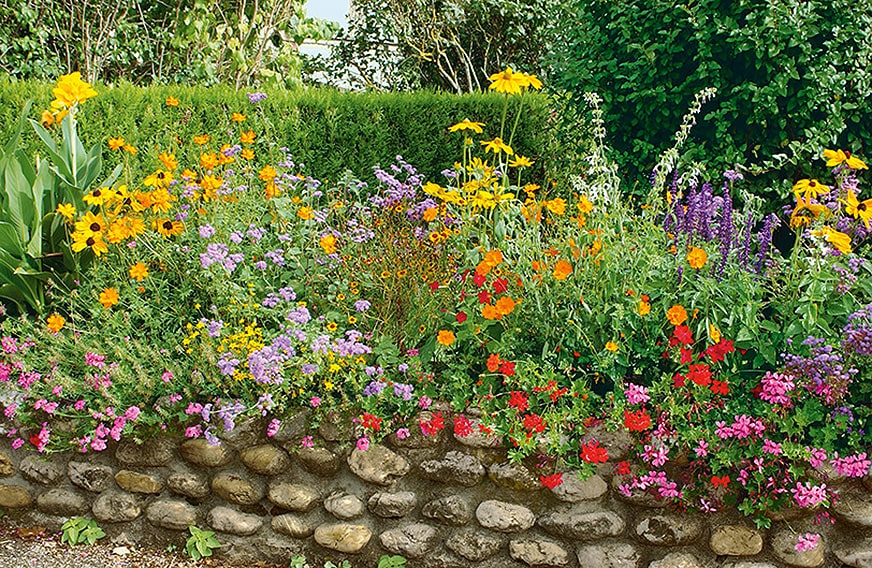Virescens Western Red Cedar's Quick Features
- The native Western Red Cedar is commonly found in north western United States and Canada.
- It has scale like foliage which is glossy, green and aromatic.
- Virescens Western Red Cedar’s dense, bushy habit makes it one of the best evergreen privacy hedges.
- It is easy to maintain as it needs pruning twice a year.
- Its foliage creates secure, safe and comfortable nesting ground for birds.
- Thuja plicata ‘Virescens’ grows best in deep, moist and well drained soil.
Western Red Cedar: Care and Maintenance
Fertilize the Western Red Cedar (Thuja plicata ‘Virescens’) with a basic tree and shrub slow-release fertilizer in early spring to invite new growth. To encourage bushy growth, prune it in early spring or late winter. Prune lightly and frequently, avoiding pruning into old wood to prevent browning. Apply mulch to Western Red Cedar hedge in fall to protect the roots, conserve water, and enrich the soil.
